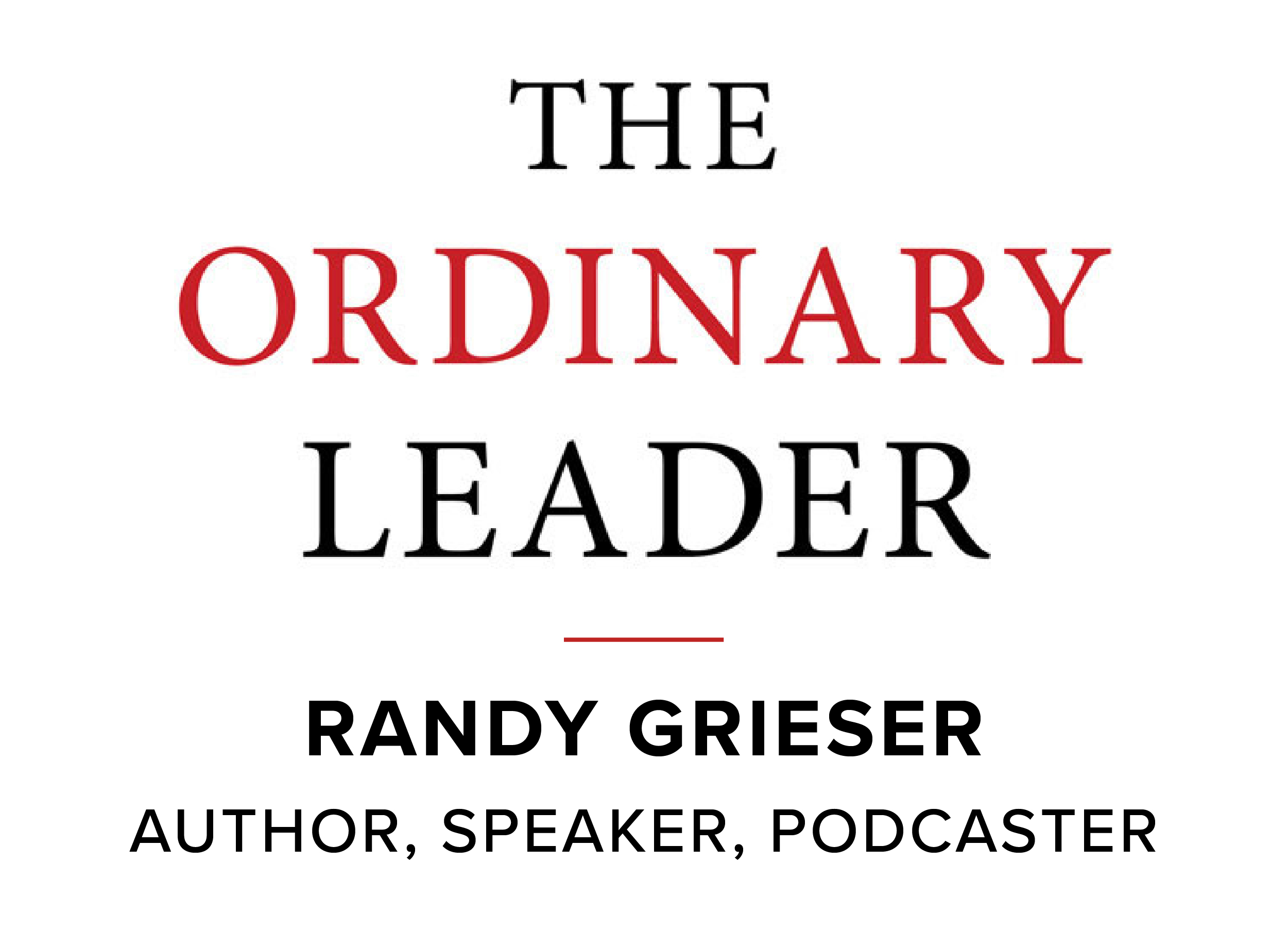Every couple of years my family and I take a trip to Europe. In addition to trying new foods, the thing I like most about traveling in Europe is seeing all the old buildings and bridges. When we visit a new area, we quickly assess and figure out a plan to see as many “old” things as we can. To see structures with stone foundations that are hundreds, sometimes thousands of years old is truly remarkable. They were built with longevity in mind, from materials and with designs that have withstood the test of time.
In addition to studying European architecture, I’m equally fascinated with companies that have been around for a long time. This includes businesses like JPMorgan Chase & Co. (founded in 1799) and HarperCollins (founded in 1817), but I am equally if not more intrigued by the longevity of small to medium-sized businesses, like my friend’s family farm that is now owned and operated by their fourth generation, or my local lumber store now run by the fifth generation of the family.
If you look at businesses throughout history and analyze the research, you’ll soon realize that these companies are the exception, not the norm. About 80 percent of new businesses survive more than two years, but by five years only 55 percent survive. And by the 15-year mark, only 25 percent of businesses remain. The trajectory continues – the more years that go by, the less likely it is for a business to still be operational. Most research in the area of longevity is focused on businesses so the same statistics may not apply to all sectors. However, I believe that most organizations do have a limited shelf life.
The continuity and congruency of good leadership within an organization is critical for its survival.
I’ve been thinking a lot about the longevity of ACHIEVE and CTRI, the organizations I founded. This is partially because I am at a transitional stage in life – my last child is graduating from high school, my wife and I are moving, and while I’m still involved and working, I recently stepped back from my role as CEO. All of this has culminated in me pondering more deeply about what’s next for ACHIEVE and CTRI – what does the next 15 or even 50 years look like? What do we do today to position ourselves to still be providing valuable services and products well into the future?
Many of the things I’ve written about before provide a solid foundation for longevity. And so we need to keep doing the things that have made us successful. For example, visioning for the future and fostering innovation are crucial parts of the foundation of longevity. Another of the main layers to this foundation is culture. Cultures, whether they’re good or bad, tend to become solidified over time. And organizations with healthy cultures will be able to weather whatever challenges come their way.
Another main part of the foundation is people – both leaders and staff. When we bring new people into the organization, it is vital to pay close attention to how and who we hire. In doing so, we work to solidify our foundation for the future. Bringing the wrong people into the organization can have dire consequences, and this is particularly true when it comes to leadership. The continuity and congruency of good leadership within an organization is critical for its survival.
Unfortunately, I have observed that too many organizations don’t intentionally work to develop leaders or think about succession planning until it’s too late.
Organizations that last and stand the test of time know how crucial good leadership is, and they don’t wait and hope for the best.
Far too often I have seen an organization struggle for years and sometimes disappear because the founder or long-term leader leaves with short notice – sometimes to no fault of their own – and only once the resignation is received does the organization begin to think about succession planning. If this scenario is combined with a lack of internal leadership development, meaning there isn’t a good, qualified candidate from within the organization, organizations are forced to make snap decisions and hire externally. Sometimes the stars align and in spite of the need to move quickly, a great candidate is found – but too often the opposite happens.
Given the significant role leadership plays in an organization’s longevity, lack of planning for leadership development and succession planning is a critical error. One wrong CEO or Executive Director could mean the difference between surviving or not.
To counter this risk, I believe strongly that current leaders should be talking about leadership development and succession planning at least several times a year. One of our jobs as leaders is to prepare the next generation of leaders, so we should be intentional about identifying, coaching, and encouraging leadership development at all levels within our workplace.
When it comes to the highest levels of leadership, it can be helpful to take a 5–10-year view into the future. In our own personal experience, the planning for our senior leadership transition began years in advance. And even though we have just made the transition we continue to think about succession planning. Given that we anticipate Eric Stutzman has many years ahead of him at our organization, this is not detailed planning, but we are still considering potential candidates both internally and externally for high-level leadership – and we’re planning for what we need to do to develop them.
Organizations that last and stand the test of time know how crucial good leadership is, and they don’t wait and hope for the best. Rather they focus on enhancing and growing leaders for succession well in advance. The good news is that these efforts pay off not just for the future but in the present as well, because the leaders you are developing for tomorrow will also help you be a stronger organization today.
For more FREE RESOURCES on this topic and others, visit our free resources page.
Randy Grieser, Author & Speaker
To be notified about a new blog post, subscribe to Randy’s newsletter, and follow him on LinkedIn, Facebook, and Twitter.
© Randy Grieser
Content of this blog may be used, provided that full and clear credit is given to Randy Grieser.





